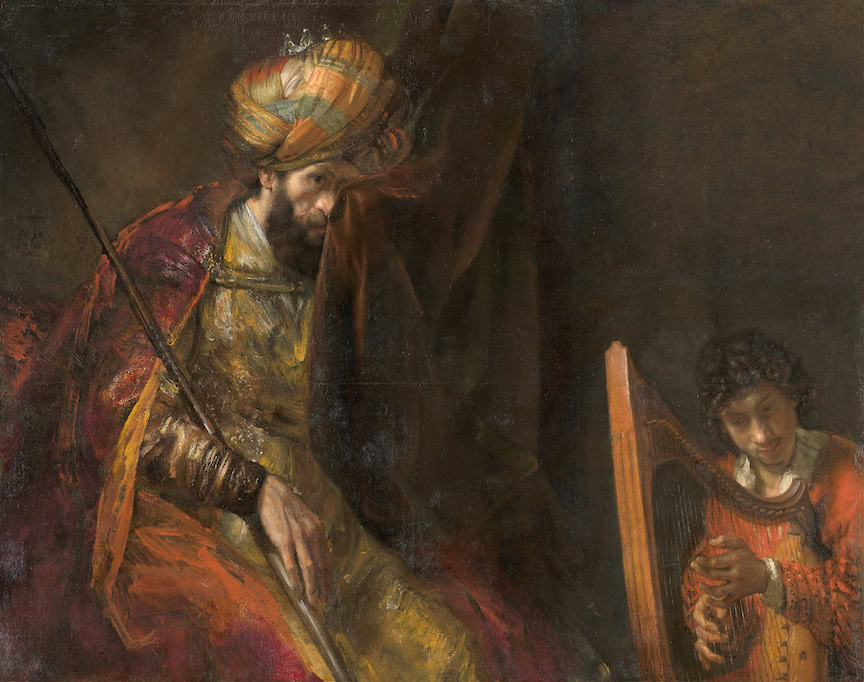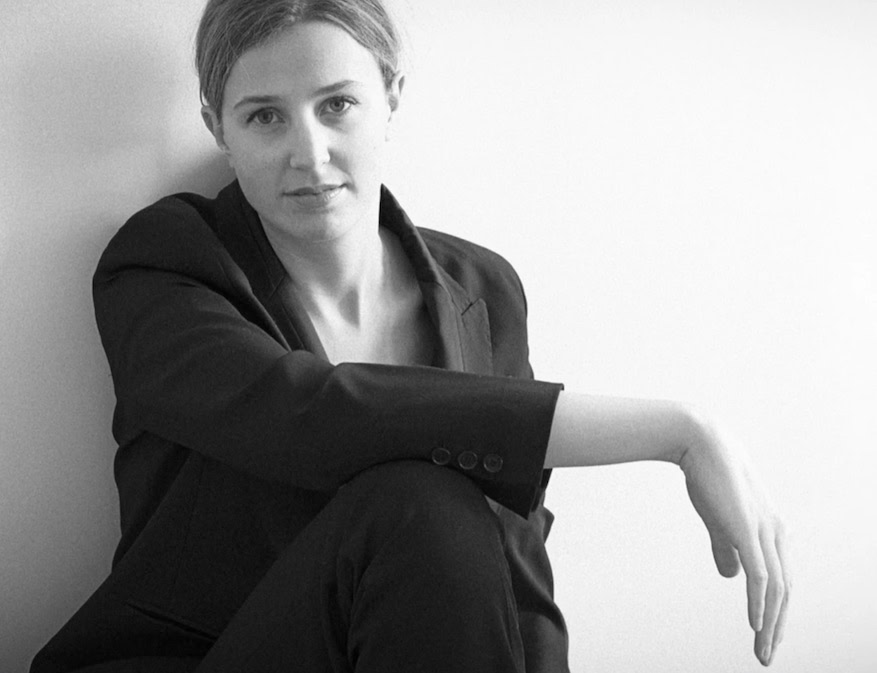Contemporary instrumental techniques
Two recently published books focus on the timbres and effects of violin and harp in contemporary compositions.
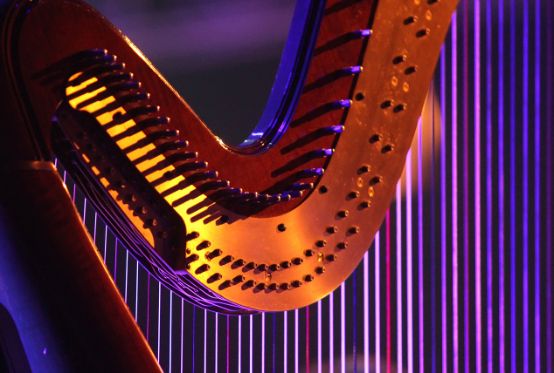
In Bärenreiter's excellent series dedicated to contemporary instrumental techniques, the bilingual (German-English) violin volume has just been published. A number of chapters, including the basics of violin writing, were written by conductor and composer Robert HP Platz. As for the book's principal author, Irvine Arditti, one of the violinists most committed to contemporary music both as a soloist and with his famous Quartet, he preferred to present his personal experiences with composers, rather than a list of possible effects or not on the violin. While the number of composers mentioned may seem relatively small (among the most frequently cited are Cage, Carter, Ferneyhough, Lachenmann, Nono and Xenakis), Arditti's intimate knowledge of their music enables him to start from the works themselves and describe, among other things, the various modes of bowing, pizzicato, glissando (particularly in Mikka by Xenakis), harmonics to the extreme high-pitched or treated in a virtuoso manner (as in the 6 Capricci by Sciarrino). Other chapters are devoted to the addition of electronics, modern tablatures (where extremely complex instrumental situations are notated on several staves or lines) and rhythms - where the violinist explains, among other things, the polyrhythm of the Piano quintet or how to play Ferneyhough's "irrational" rhythms more easily through (relatively) simple tempo changes. A DVD presents some of the musical examples, played and presented by Arditti himself.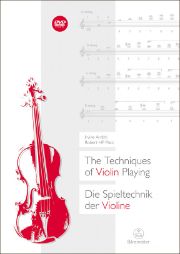
Irvine Arditti, Robert HP Platz, The ¬Techniques of Violin Playing / Die Spiel¬technik der Violine, 117 p., with DVD, € 49.95, Bärenreiter, Kassel 2013, ISBN 978-3-7618-2267-8
Since Tournier's 1959 work, no French-language book has been specifically devoted to modern harp techniques, hence the particular interest of this publication by four harpists, two of whom are also composers. After an initial wave of research in the early 1920s (notably with the inventive Carlos Salzedo), this instrument has been increasingly popular in contemporary music since 1960. The harp's wealth of timbres and effects, all described in this book with a precision that will help harpists and composers alike, is particularly impressive. The initial summary of the history and playing of the various harps introduces us to the MIDI harp and the automatic harp; the latter, designed in 2006, enables pedal changes to be programmed, and thus simultaneously changed more than could be done with the feet. The book also looks at the Celtic harp and the harp with electronics. One regret: a CD containing musical examples is missing, but perhaps the association's website Les Signes de l'Arc - harp in motion : créations et expérimentations, co-founded by the authors of the book, could usefully fill this gap.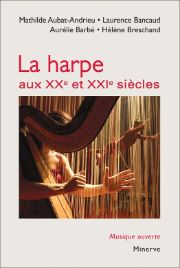
Mathilde Aubat-Andrieu, Laurence ¬Bancaud, Aurélie Barbé, Hélène Breschand, La harpe aux XXe et XXIe siècles : facture, notation, répertoire, 228 p., € 26.00, Editions Minerve, Paris 2013, ISBN 978-2-86931-133-6






